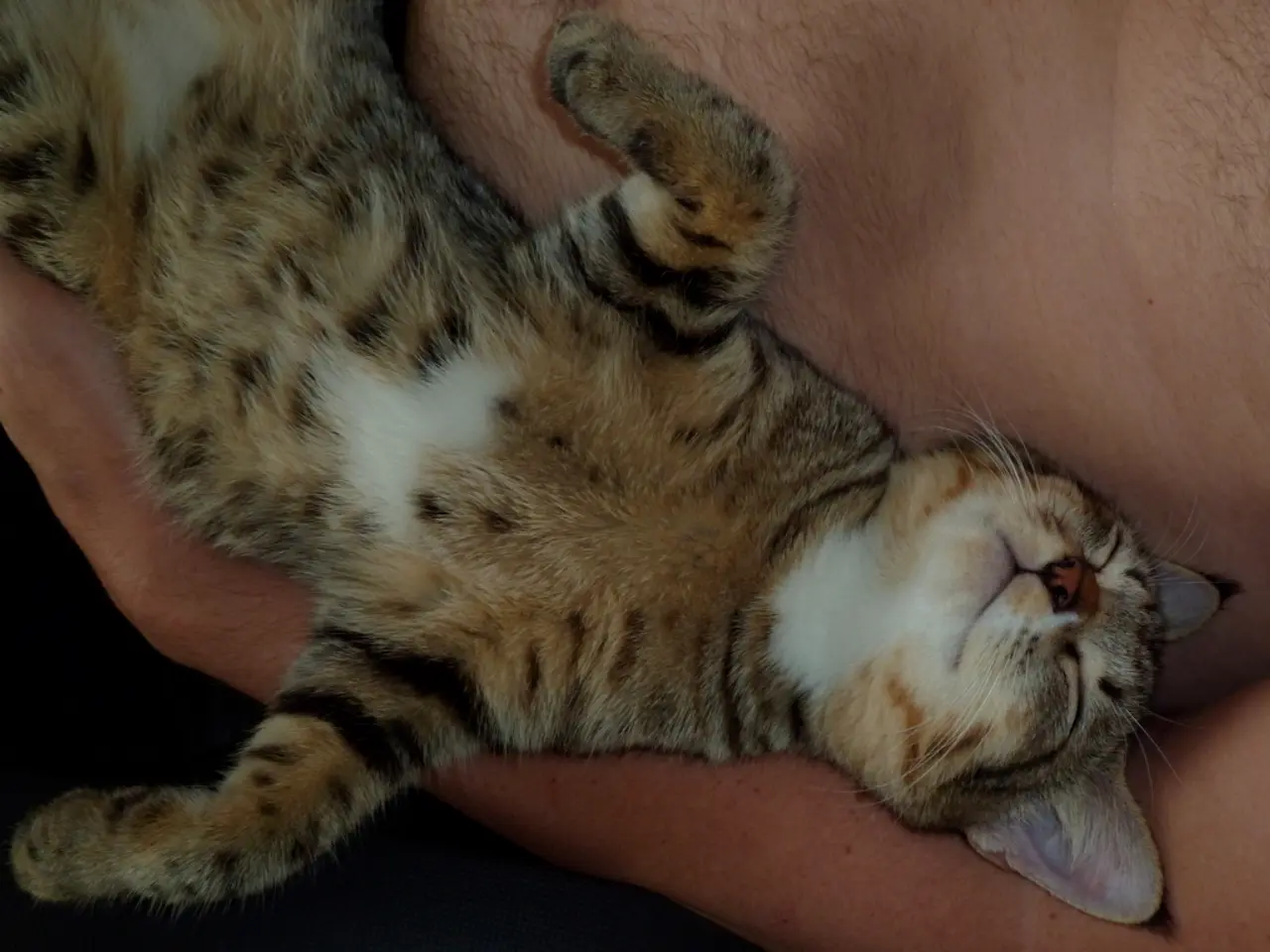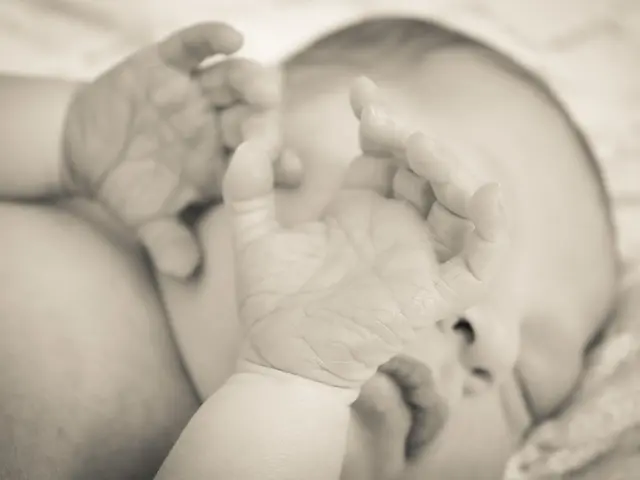Heart Ailments in Cats: Origin, Signs, and Potential Treatments
Common Heart Diseases in Cats: A Comprehensive Guide
Heart disease is a silent but prevalent issue in the feline world, affecting approximately 15% of cats. Understanding the most common types of heart diseases in cats can help pet owners detect and manage these conditions early.
Heart Anatomy
A cat's heart, like a human's, is divided into four chambers: the left and right atria, and the left and right ventricles. A thick wall of muscle called the septa separates the ventricles. Enclosed by a thin, double-walled protective sac called the pericardium, the cat's heart pumps blood throughout the body.
Congenital Heart Disease
Congenital heart diseases are structural defects present at birth. Common defects include heart valve malformations, ventricular septal defects (VSD), and patent ductus arteriosus (PDA). Symptoms may include lethargy, poor growth, respiratory distress, and heart murmurs detectable on veterinary examination.
Hypertrophic Cardiomyopathy (HCM)
HCM is the most common form of feline cardiomyopathy and an acquired heart disease. It is characterized by thickening of the heart muscle, mainly the left ventricle. Cats may initially show no symptoms, but as the disease progresses, signs can include lethargy, difficulty breathing, rapid breathing, and sudden collapse or fainting due to arrhythmias. HCM can also lead to heart failure or the formation of arterial blood clots causing paralysis or pain.
Restrictive Cardiomyopathy
Less common forms of heart disease involve scar tissue in heart muscle, leading to decreased cardiac output and congestive heart failure. Symptoms include exercise intolerance and fluid buildup in lungs or abdomen.
Arrhythmias
Arrhythmias are abnormal heart rhythms, such as sinus tachycardia, supraventricular tachycardia, and ventricular tachycardia. These can cause fainting, sudden collapse, or irregular heartbeat.
Diagnosis and Treatment
Diagnosing heart disease in cats involves physical exam, imaging tests, and laboratory tests. An echocardiogram is the most definitive way to diagnose heart disease, providing a detailed picture of the heart's dimensions and muscle wall thickness and measuring how well the heart can contract. Treatment for heart disease depends on the type and severity of heart disease and its underlying cause. Besides PDA, which can be treated surgically, treatment for congenital and acquired heart disease is with medication.
Prevention and Management
Heart disease in cats cannot be prevented, but regular wellness visits can help manage it effectively. Regular wellness visits can help detect heart disease early and develop a management plan to slow disease progression and maintain a good quality of life for the cat. Measuring blood pressure helps determine whether high blood pressure could be contributing to a cat's heart disease. Underlying medical conditions, including hyperthyroidism, anemia, and high blood pressure, can cause acquired heart disease in cats.
High-Risk Breeds
Maine Coon cats, American Shorthairs, British Shorthairs, Persian cats, Siamese cats, and certain breeds have a high risk of developing specific types of heart disease. For example, Siamese cats are predisposed to developing Patent Ductus Arteriosus (PDA).
When to Seek Veterinary Attention
Sudden collapse and sudden hind limb paralysis in cats are symptoms that warrant immediate veterinary attention. Regularly monitoring your cat's health and seeking veterinary care when necessary can help ensure a long, healthy life for your feline friend.
A comprehensive guide to heart diseases in cats can help pet owners understand common health-and-wellness issues, such as Congenital Heart Diseases and Hypertrophic Cardiomyopathy (HCM), which involve the science of heart anatomy and function. Regular fitness-and-exercise, like monitoring your cat's behavior and seeking veterinary attention promptly, can aid in early detection and management of these conditions, ensuring a long, healthy life for your feline friend.




